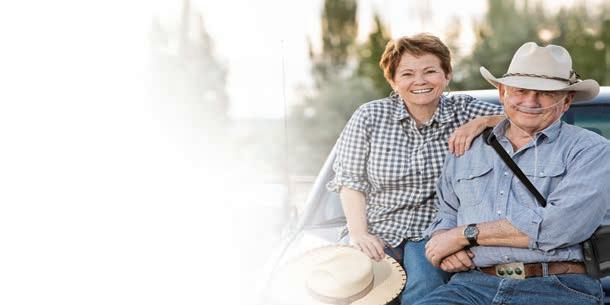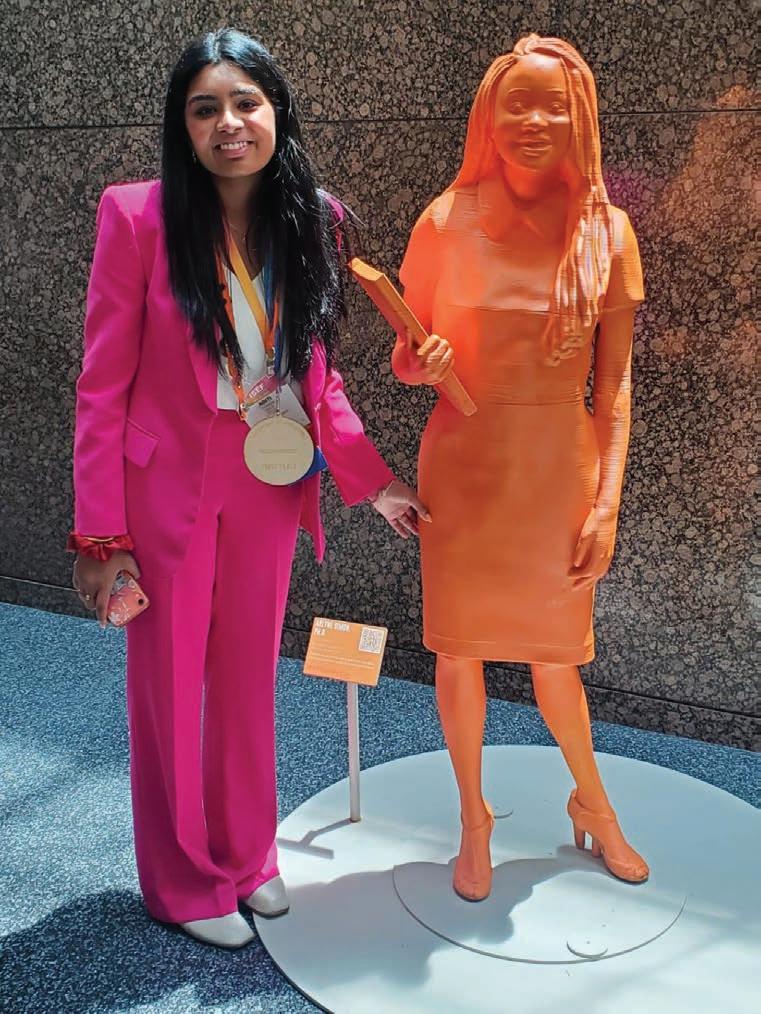
2 minute read
Rock Canyon student wins national science contest
Develops pill for gluten intolerance
BY HALEY LENA HLENA@COLORADOCOMMUNITYMEDIA.COM
Walking into the Kay Bailey Hutchison Convention Center in Dallas for the Regeneron International Science and Engineering Fair, Aditi Avinash was overcome with nerves, but when she left, she took home an award and scholarship.

“I was absolutely shocked,” said Avinash, a Rock Canyon High School senior. “It was completely unexpected and I was over the moon.” e annual competition is the largest science competition for high school students across the globe. It has also been a program of the Society for Science for over 70 years.
In mid-May for three days, more than 1,500 students from more than 60 countries competed in various categories, ranging from animal sciences to behavioral and social sciences to environmental sciences. Nineteen students represented Colorado.
ere are di erent levels that students must go through in order to have the chance to compete at the International Science and Engineering Fair. First student’s must compete at the regional level, where they can qualify to the state level.
Avinash was one of four students representing the Denver Metro Regional Science and Engineering Fair and quali ed at the regional and state level.
Avinash took rst in the Transitional Medical Science category and was awarded a special award worth $52,000 in tuition From Arizona State University during the Regeneron International Science and Engineering Fair.
Her project was a Model Validation and Preclinical Testing of Digestive Enzymes for Gluten Breakdown: A Move to Cure Gluten Intolerance and Celiac Disease.
While learning about enzymes and the lactate pill in a biology class during her freshman year, Avinash became curious as to why there wasn’t an option like the lactose pill for people who are gluten intolerant.
An idea sparked.
“Essentially what my project is trying to do is nd a solution for celiac gluten intolerance,” said Avinash. Avinash realized in her everyday life, there are family members and friends who have gluten intolerance or celiac disease. Although there are some solutions such as gluten free diets and gluten free sections at the grocery store or restaurants, Avinash says those are avoiding the problem. “ ey’re just telling people to not eat the food,” said Avinash. “I wanted to create some kind of solution that tackles the problem more head on rather than just avoiding it.”
Building on her project each year, Avinash rst competed during her freshman year, however, it was during the pandemic, so the competition was held online.
Not able to conduct any research at her school or in a lab, Avinash focused on doing a literature review and conducted a preliminary test using a testing lab that she got online and shipped to her house.
Sophomore year, Avinash conducted the majority of testing at school with some supervised testing in a lab.
She presented this research at the International Science and Engineering Fair.
Once junior year came around, Avinash conducted research at a professional lab at the Anschutz Medical Campus where she had the opportunity to use equipment like a mass spectrometer.
Avinash conducted four main types of testing. One of which being an antibody test called ELISA Assay test.
“ at tests the prevalence of certain subjects,” said Avinash. “In 2020, COVID tests, those were all ELISA tests because they were testing how much COVID you had. In this case, I was testing how much gluten I had.” e last test Avinash conducted was the Cytokine Assay to measure the amount of cytokine production. Cytokine is a wide group of signaling proteins and acts as humoral regulators that modulate functions
Avinash also conducted a Western blot test, which visualized how much gluten was present and used the mass spectrometry as a way to separate complex proteins.







